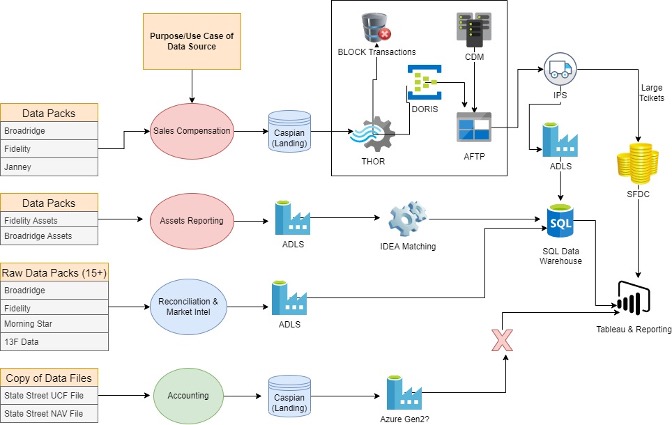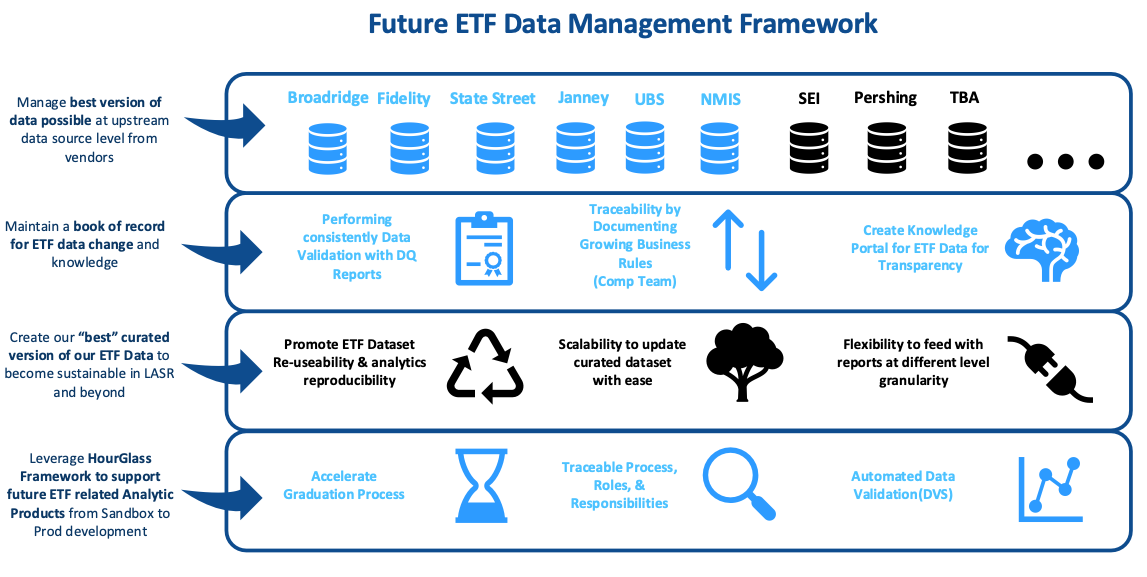Primary Market Process
Understanding ETF creation and redemption mechanisms.
ETF Creation & Redemption Process
Creation Process
Authorized Participants (APs), often large financial institutions, work directly with the ETF issuer to create new ETF shares.
APs deliver a "creation basket," which consists of the securities underlying the ETF (or equivalent cash). In return, they receive an equivalent number of ETF shares at the net asset value (NAV).
Redemption Process
APs redeem ETF shares by returning them to the issuer. In exchange, they receive the underlying securities or cash at the NAV.
This mechanism ensures the ETF's supply matches market demand.

Interactive ETF Process

NAV Calculation
How NAV is Calculated
The Net Asset Value (NAV) represents the per-share value of the ETF and is calculated daily.
NAV = (Total Assets - Total Liabilities) / Shares Outstanding
NAV vs. Market Price
ETFs can trade at a premium or discount to their NAV, though arbitrage mechanisms generally keep these differences small.


